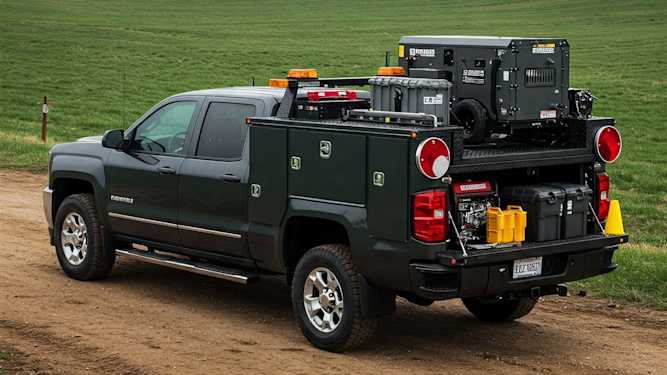The Latest Buzz
What is Map-Based Navigation in Self-Driving Cars?

What is Map-Based Navigation in Self-Driving Cars?
Map-based navigation is a cornerstone of autonomous driving systems, helping self-driving cars safely and accurately reach their destinations. But what does this term mean, and why is it so integral to the functionality of autonomous vehicles?
How Do Self-Driving Cars Use Maps?
Self-driving cars rely on highly detailed maps to navigate complex environments. These maps provide information beyond what GPS data alone can offer, incorporating data such as:
- Lane-level accuracyMaps used in autonomous vehicles often include information about lane markings, lane splits, and merging lanes, which helps the vehicle maintain its position on the road with precision.
- Detailed road dataThis includes the location of traffic lights, stop signs, crosswalks, and even subtle curves in the road, helping the car anticipate what lies ahead.
- Static obstaclesHigh-definition maps include information about buildings, bridges, and other static objects, so the vehicle can plan its path without running into unexpected obstacles.
For example, Tesla’s Autopilot and Full Self-Driving (FSD) features use a combination of vision-based systems and map data to help their cars understand the driving environment and follow specific routes.
What Are the Advantages of Map-Based Navigation?
Map-based navigation enhances the efficiency and safety of autonomous vehicles by providing a wealth of pre-existing information. Here’s why this approach is beneficial:
- Enhanced AccuracyWith high-definition maps, autonomous vehicles can achieve centimeter-level accuracy when positioning themselves on the road, which is far superior to traditional GPS systems.
- Predictive Abilities By knowing the road conditions ahead of time, such as upcoming curves or intersections, autonomous vehicles can adjust their speed and trajectory in advance, making their driving smoother and more energy-efficient.
- Support in Challenging EnvironmentsMap data is especially helpful in areas where GPS signals may be unreliable, such as urban canyons or tunnels. Pre-mapped data helps maintain the vehicle’s navigation abilities even when real-time GPS data is not available.
How Do These Systems Stay Updated?
A common question is: how do these maps stay accurate over time, especially given that roads can change due to construction or other factors? The answer lies in continuous updates:
- CrowdsourcingSome companies use data from millions of vehicles on the road to update their maps. Vehicles collect information as they drive and send it back to improve the map data.
- Dedicated Mapping FleetsCompanies like Google deploy fleets of cars equipped with sensors to collect street-level imagery, keeping their maps as up-to-date as possible.
Keeping maps current is crucial because even minor changes in the road environment can impact the performance of autonomous vehicles.
How Is Map-Based Navigation Different From Real-Time Sensors?
While map-based navigation is powerful, it's only one piece of the puzzle in autonomous driving. These systems are typically paired with real-time sensors like cameras, LiDAR, and radar. So, how do these work together?
- Maps Provide Context Map-based navigation gives the vehicle a broad understanding of the environment, like a blueprint.
- Sensors Detect ChangesReal-time sensors provide live data about dynamic obstacles, such as pedestrians, other cars, or construction zones.
- Combining Data for SafetyThe car’s software integrates this pre-existing map data with real-time sensor information to make safe driving decisions. For example, if the map indicates a traffic light at a specific location, but the camera senses that the light is red, the car will stop accordingly.
Map-Based Navigation as a Driving Force in Autonomy
Map-based navigation is foundational for the success of self-driving cars, allowing them to navigate with accuracy, anticipate conditions, and drive smoothly.
When combined with real-time sensing, this approach helps to make autonomous driving a practical reality on our roads.
Looking for a consistent source of fresh street-level imagery for advanced navigation solutions? Bee Maps provides comprehensive and updated street-view imagery, tailored to the needs of cutting-edge autonomous technologies.
Contact us today to see how our data can transform your project.
Share Post


